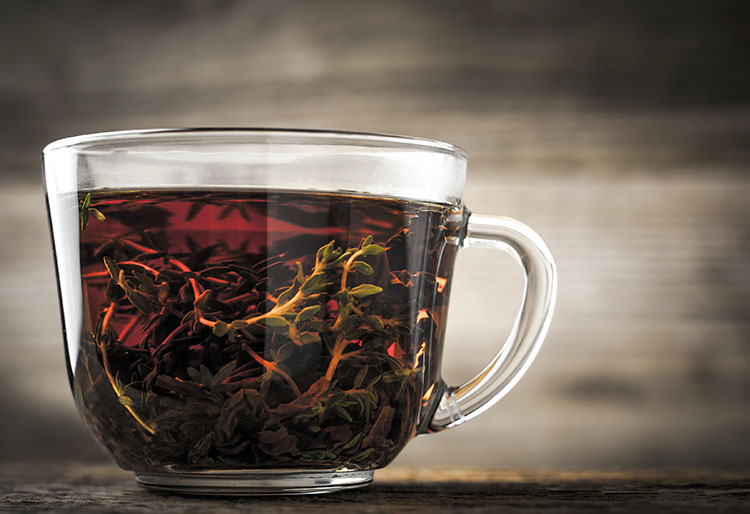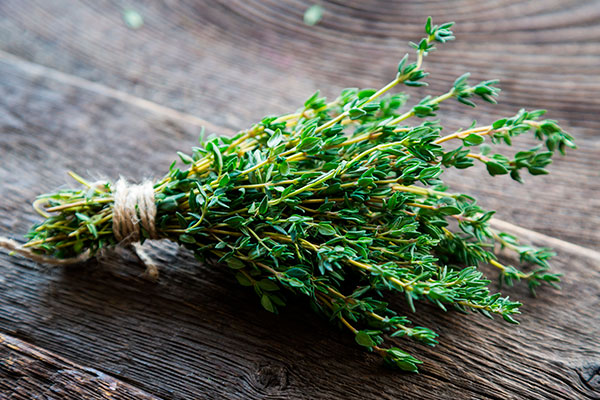Properties of thyme in infusion or timonet
Thyme is present in the kitchen as a condiment, but the use of this aromatic herb in infusions also has important properties. Infused thyme, also known as timonet, is an intensely flavoured drink that helps relieve coughs and has an anti-inflammatory effect.
TRIED AND TESTED
Share

Thyme is, together with rosemary and oregano, one of the aromatic plants most commonly used in Mediterranean cuisine to season and give flavour to our dishes. In addition to its culinary use, this plant has been used throughout history for medicinal and therapeutic purposes. Thyme has been used for centuries to flavour liqueurs and oils, as an insecticide or to make perfumes. Today we find it in condiment, but also in essential oil or in infusions.
Thyme belongs to the mint family. It grows in Mediterranean countries. It is a very aromatic plant, with small greyish green leaves. There are many different varieties, but the common thyme or garden thyme is the most widespread. Also used in the kitchen is lemon thyme, with slightly larger leaves and a taste reminiscent of citrus.
Thyme has been used for centuries to flavour liqueurs and oils, as an insecticide or to make perfumes
Properties of thyme in infusion
The infusion of thyme or timonet is a drink that can be taken alone or combined with other aromatic herbs such as rosemary. Sugar, honey or some other type of sweetener is usually added, although that will depend on the taste of each person. Thyme in infusion has a number of properties that make it highly recommended. Thymol and carvacrol are the two active principles responsible for many of the plant's benefits.

Among its main properties, thyme infusion is a good home remedy for relieving coughs when we have a cold. The high amount of polyphenols contained in the plant also makes this herb have an anti-inflammatory effect, so it can help to reduce some non-severe inflammations. Thyme has a variety of flavonoids such as luteolin and naringenin, making it a great source of antioxidants. It is also rich in vitamins, iron and minerals.
Thyme in the kitchen
Directly on the branch or in powder form, thyme has traditionally been used in the kitchen in a multitude of recipes. It can accompany meat and fish stews as a dressing, giving them a very Mediterranean flavour. When used in this type of dish, for the thyme to release all its fragrance, it should be cooked over a low heat. It can also be added to rice, potato stews, meatballs or pasta. A different way to use thyme is to sprinkle the leaves on potato chips for an aperitif.






